Home>Technology>Security & Surveillance>How To Put A Lock On A Door
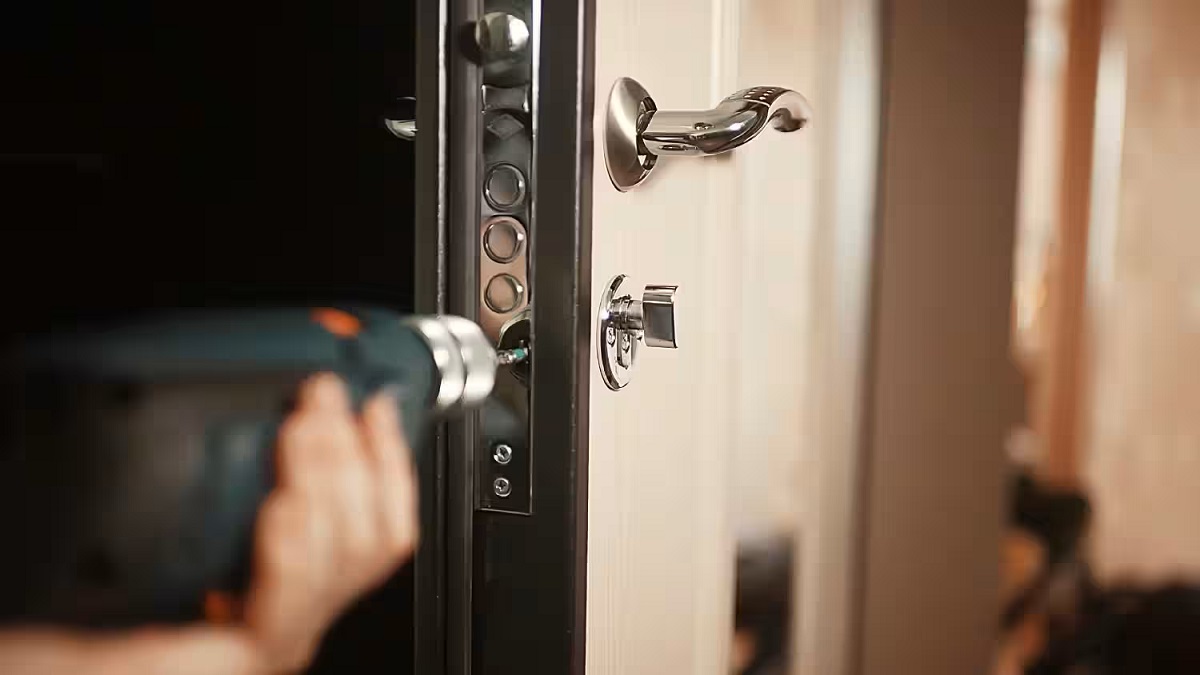

Security & Surveillance
How To Put A Lock On A Door
Modified: January 24, 2024
Learn how to enhance your home security with our step-by-step guide on putting a lock on a door. Keep your property safe and secure. Expert tips for DIY installation.
(Many of the links in this article redirect to a specific reviewed product. Your purchase of these products through affiliate links helps to generate commission for Storables.com, at no extra cost. Learn more)
Introduction
Securing your home or office is of utmost importance, and one of the fundamental steps in doing so is ensuring that your doors are equipped with reliable locks. Whether you're replacing an old lock or installing a new one, understanding the process of putting a lock on a door is essential. This comprehensive guide will walk you through the necessary steps, providing valuable insights and tips to help you secure your space effectively.
Installing a lock on a door may seem like a daunting task, especially for those who are not well-versed in DIY home improvement projects. However, with the right tools, a clear understanding of the process, and a bit of patience, it can be a manageable and rewarding endeavor. By following the steps outlined in this guide, you will gain the confidence and knowledge needed to successfully install a lock on any door, bolstering the security of your property.
Throughout this guide, we will discuss the tools and materials required for the task, the different types of locks available and how to choose the right one for your needs, the preparatory steps for the door, the installation process, and finally, how to test the lock to ensure it functions properly. By the end of this article, you will be equipped with the knowledge and skills necessary to put a lock on a door with ease and precision.
So, let's dive in and explore the world of door locks, empowering you to fortify your space and enhance your peace of mind.
Key Takeaways:
- Choosing the right lock for your door involves considering security needs, lock types, compatibility, aesthetics, and convenience features. By making an informed decision, you can enhance both security and visual appeal.
- Installing a lock on a door requires meticulous preparation, precise installation, and thorough testing. By following the steps with care and attention to detail, you can fortify your space with confidence and peace of mind.
Read more: How To Put A Door Lock On
Tools and Materials Needed
Before embarking on the process of putting a lock on a door, it is crucial to gather the necessary tools and materials. Having the right equipment at your disposal will streamline the installation process and ensure a successful outcome. Here is a comprehensive list of the tools and materials you will need:
Tools:
- Screwdriver set (flathead and Phillips head)
- Tape measure
- Pencil
- Chisel
- Hammer
- Drill and drill bits
- Door lock installation kit (optional, but highly recommended for precision)
Materials:
- Door lock and accompanying latch mechanism
- Screws
- Strike plate
- Wood putty or filler (for repairing any minor damages to the door)
Ensuring that you have these tools and materials readily available before starting the installation process will save you time and prevent unnecessary interruptions. Additionally, investing in a door lock installation kit, which typically includes hole saws and templates, can significantly simplify the task, especially for those new to installing locks.
With these tools and materials in hand, you are well-prepared to proceed to the next steps of putting a lock on a door, ultimately enhancing the security of your space.
Choosing the Right Lock
When it comes to selecting a lock for your door, it’s essential to consider various factors to ensure that you choose the most suitable option for your specific needs. The right lock not only provides security but also aligns with the aesthetic and functional requirements of the door. Here are several key considerations to keep in mind when choosing a lock:
Read more: How To Put A Lock On A Door Without Drilling
Security Level:
Assess the security needs of the door. For exterior doors, such as the main entrance, a high-security lock with features like anti-drill, anti-pick, and anti-bump capabilities is recommended. Meanwhile, interior doors may require standard security locks.
Lock Type:
Evaluate the different types of locks available, such as deadbolts, knob locks, lever handle locks, and electronic locks. Deadbolts are known for their robust security, making them ideal for external doors, while knob and lever handle locks are commonly used for interior doors.
Compatibility:
Ensure that the chosen lock is compatible with the door’s thickness and the existing borehole. Some locks are designed for specific door thicknesses, so it’s crucial to verify compatibility before making a purchase.
Aesthetics:
Consider the visual appeal of the lock, especially if it is for a prominent entrance. The lock should complement the door’s design and overall aesthetics, enhancing the space’s visual appeal.
Read more: How To Lock A Door Without A Lock
Convenience Features:
For certain doors, convenience features like keyless entry, keypad access, or smart lock capabilities may be desirable. These modern features can add convenience and flexibility to access control.
By carefully considering these factors, you can make an informed decision when selecting a lock that aligns with your security needs, aesthetic preferences, and functional requirements. Once you have chosen the right lock, you are ready to proceed with the installation process, bringing you one step closer to fortifying the security of your space.
Preparing the Door
Before installing a new lock, it’s essential to prepare the door to ensure a seamless and secure fit for the lock and its components. Proper preparation not only facilitates the installation process but also contributes to the overall effectiveness and longevity of the lock. Here are the key steps to prepare the door for the new lock:
Assess the Door:
Begin by examining the door to identify any existing damages, such as cracks, splinters, or misalignments. It’s crucial to address these issues before proceeding with the installation to ensure a stable foundation for the new lock.
Measurements:
Take accurate measurements of the door’s thickness and the dimensions of the existing borehole. These measurements are vital for selecting a lock that is compatible with the door and for determining the placement of the new lock and latch mechanism.
Read more: How To Lock A Digital Door Lock
Marking the Installation Points:
Use a tape measure and a pencil to mark the precise locations for the new lock and latch on the door. This step helps create a guide for drilling and chiseling, ensuring that the components fit securely and align properly.
Drilling and Chiseling:
With the installation points marked, proceed to drill the necessary holes for the lock and latch using the appropriate drill bits. Additionally, use a chisel to create recesses for the latch and strike plate, ensuring that they sit flush with the door’s surface.
Test Fitting:
Before finalizing the installation, perform a test fit of the new lock and latch to verify that they align correctly with the drilled holes and recesses. This step allows for any necessary adjustments before securing the components in place.
Repair and Finish:
If the door has any minor damages or imperfections, such as small cracks or blemishes, consider using wood putty or filler to repair and smoothen the surface. Sand and refinish the door if needed, ensuring a clean and polished appearance around the newly installed lock.
By meticulously preparing the door for the new lock, you set the stage for a successful and durable installation. These preparatory steps lay the groundwork for seamlessly integrating the lock into the door, ultimately enhancing the security and functionality of the entryway.
Read more: How To Put A Door In A Bathtub
Installing the Lock
With the door prepared and the chosen lock at the ready, it’s time to proceed with the installation process. Installing a lock requires precision and attention to detail to ensure that it functions optimally and provides the intended level of security. Here’s a step-by-step guide to installing the lock on the door:
Positioning the Lock:
Begin by positioning the lock assembly in the designated area on the door, aligning it with the drilled holes and markings. Ensure that the lock fits snugly and that the keyway (for key-operated locks) is oriented correctly.
Securing the Lock:
Use the provided screws to secure the lock in place, tightening them evenly to ensure a secure and stable fit. Double-check the alignment and operation of the lock before proceeding to the next steps.
Attaching the Latch Mechanism:
If the lock includes a separate latch mechanism, carefully attach it to the edge of the door, ensuring that it aligns with the recessed area created during the preparation stage. Secure the latch in place with the provided screws.
Read more: How To Lock An Oven Door
Installing the Strike Plate:
Position the strike plate on the door frame, ensuring that it aligns with the installed latch. Secure the strike plate in place using screws, verifying that it sits flush with the frame and allows the latch to engage smoothly.
Adjusting the Components:
Test the operation of the lock and latch to ensure that they engage and disengage smoothly. If necessary, make minor adjustments to the components to optimize their functionality and alignment.
Completing the Finishing Touches:
Once the lock, latch, and strike plate are securely installed and aligned, perform a final check to ensure that the lock operates seamlessly. Tighten any loose screws and make any necessary adjustments to guarantee a smooth and secure locking mechanism.
By following these steps with care and precision, you can successfully install the lock on the door, bolstering the security of the entryway and providing peace of mind. With the lock securely in place, the next crucial step is to test its functionality to ensure that it meets the desired security standards.
Testing the Lock
After completing the installation of the lock, it is imperative to thoroughly test its functionality to ensure that it operates smoothly and provides the expected level of security. Testing the lock allows you to identify any potential issues and make necessary adjustments before fully relying on it to secure the door. Here’s a comprehensive guide to testing the lock:
Read more: How To Lock A Garage Door
Key Operation:
If the lock is key-operated, test it with the provided keys to ensure that they engage and disengage the lock without any resistance or difficulty. Insert and turn the key, verifying that the locking mechanism operates smoothly and securely.
Latch Engagement:
Test the latch mechanism by closing the door and ensuring that it latches securely when the lock is engaged. Attempt to open the door from both sides to confirm that the latch functions as intended and securely holds the door in place.
Lock Operation:
Operate the lock from both the inside and outside, ensuring that it can be locked and unlocked effortlessly. Verify that the lock’s internal components operate smoothly and that the key turns without any obstructions or resistance.
Strike Plate Alignment:
Check the alignment of the strike plate on the door frame by closing the door and confirming that the latch smoothly engages with the strike plate, securely holding the door in place when locked.
Read more: How To Break Door Lock
Security Features:
If the lock includes additional security features, such as anti-drill or anti-bump capabilities, take the time to understand and test these features to ensure that they function as intended, providing enhanced security for the door.
Revisit Adjustments:
If any issues or inconsistencies are identified during testing, revisit the installation to make necessary adjustments. This may involve realigning the components, tightening screws, or addressing any operational issues to optimize the lock’s performance.
Thoroughly testing the lock is a critical step in the installation process, as it ensures that the door is effectively secured and that the lock operates reliably. By conducting a comprehensive assessment of the lock’s functionality, you can address any potential concerns and fine-tune its performance, ultimately enhancing the security of your space.
Conclusion
Securing a door with a reliable lock is a fundamental aspect of safeguarding your home or office, providing peace of mind and protection against unauthorized access. By following the comprehensive guide outlined in this article, you have gained valuable insights into the process of putting a lock on a door, from choosing the right lock to testing its functionality. Armed with this knowledge, you are well-equipped to fortify the security of your space with confidence and precision.
Throughout the journey of installing a lock on a door, you have learned the importance of meticulous preparation, the significance of selecting the right lock for specific security needs, and the essential steps involved in the installation process. By carefully considering these factors and following the recommended procedures, you have taken a proactive approach to enhancing the security of your property.
Remember, the security of your space is an ongoing commitment, and regular maintenance and assessment of your locks are crucial to ensure their continued effectiveness. Additionally, staying informed about advancements in lock technology and security features can empower you to make informed decisions when upgrading or replacing locks in the future.
As you admire the newly installed lock on your door, take pride in knowing that you have taken a significant step toward creating a safer and more secure environment. Your dedication to safeguarding your space reflects a proactive approach to security, contributing to a sense of well-being and tranquility for you and those within your protected space.
With your newfound knowledge and the successful installation of the lock, you can rest assured that your space is fortified against unauthorized access, allowing you to focus on the things that matter most to you with confidence and peace of mind.
So, as you stand before the securely locked door, take a moment to appreciate the commitment to security and the empowerment that comes with knowing that you have taken proactive steps to protect what matters most.
Frequently Asked Questions about How To Put A Lock On A Door
Was this page helpful?
At Storables.com, we guarantee accurate and reliable information. Our content, validated by Expert Board Contributors, is crafted following stringent Editorial Policies. We're committed to providing you with well-researched, expert-backed insights for all your informational needs.
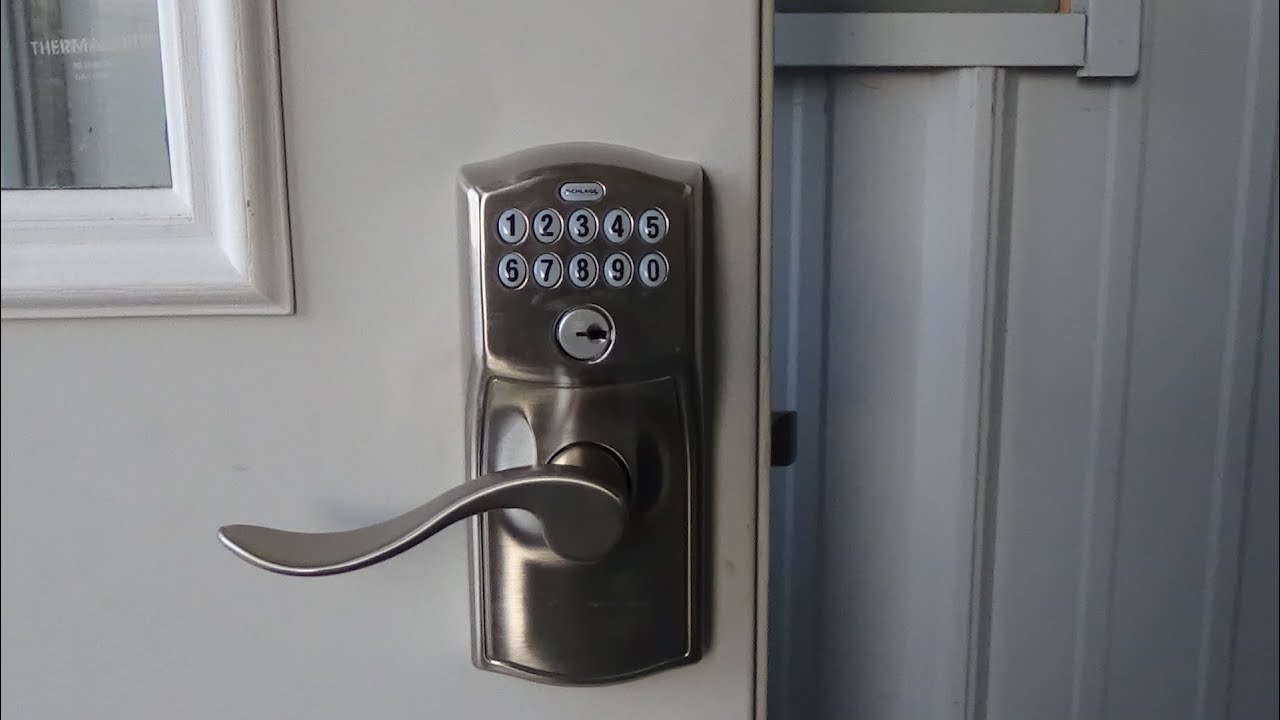
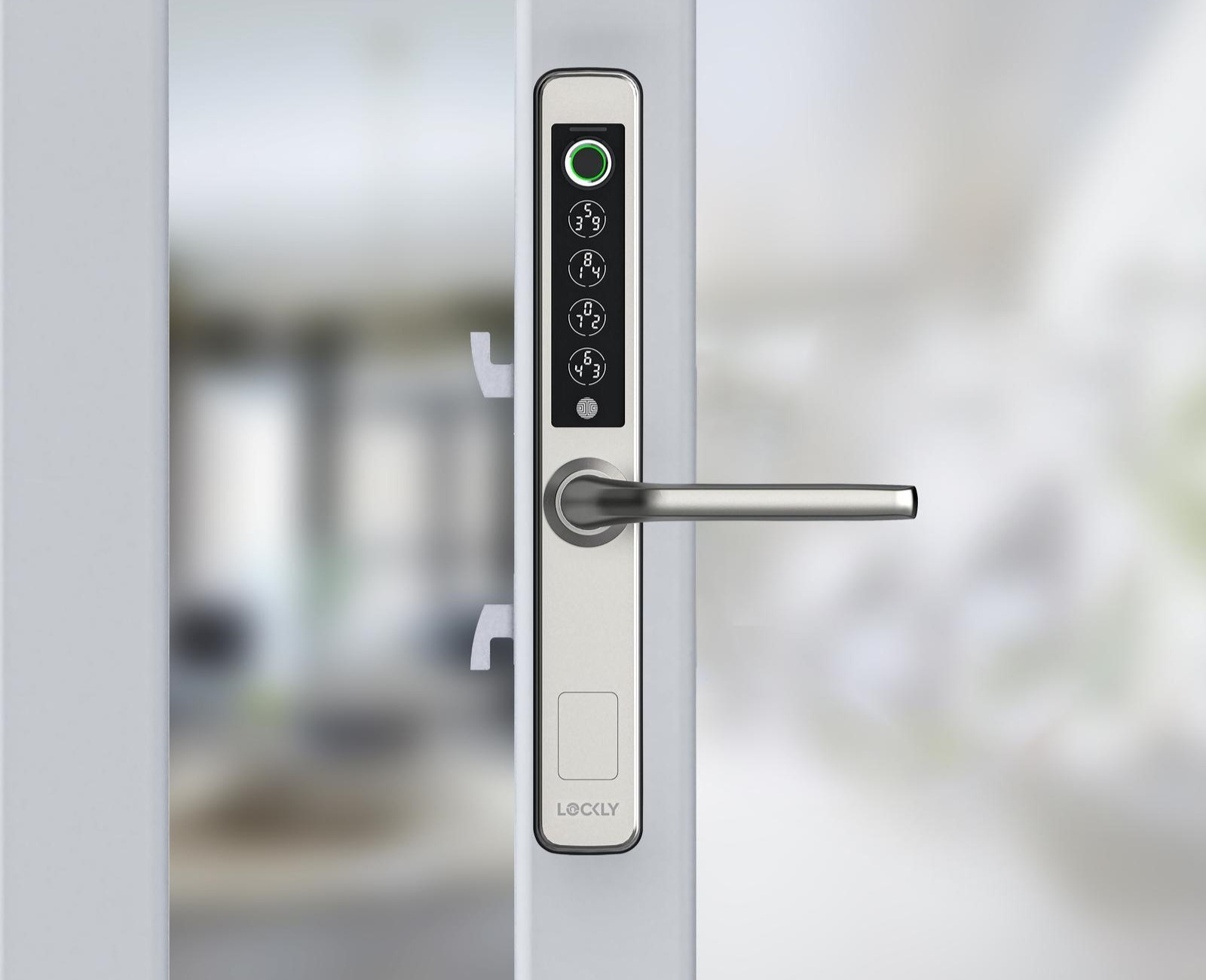
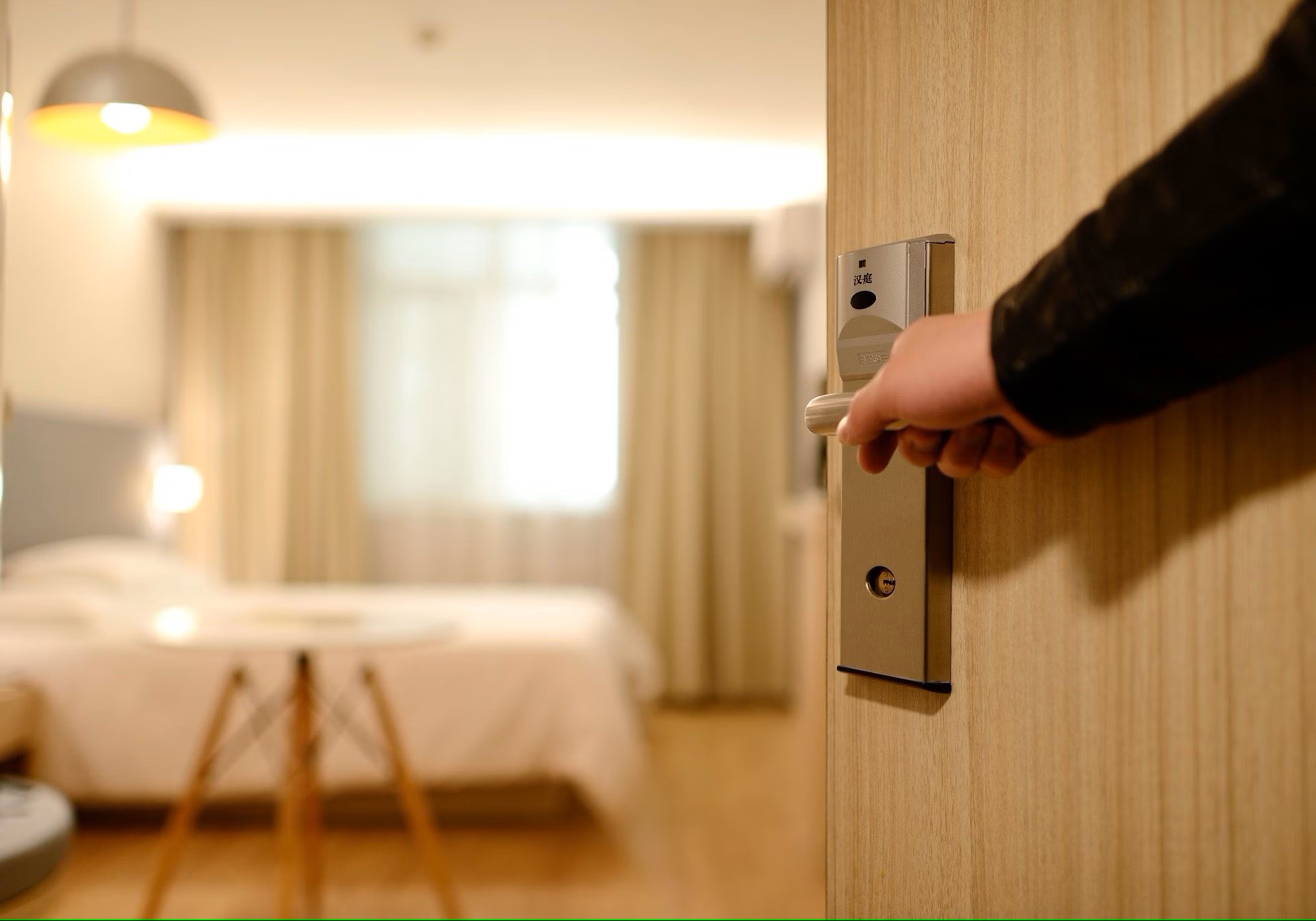
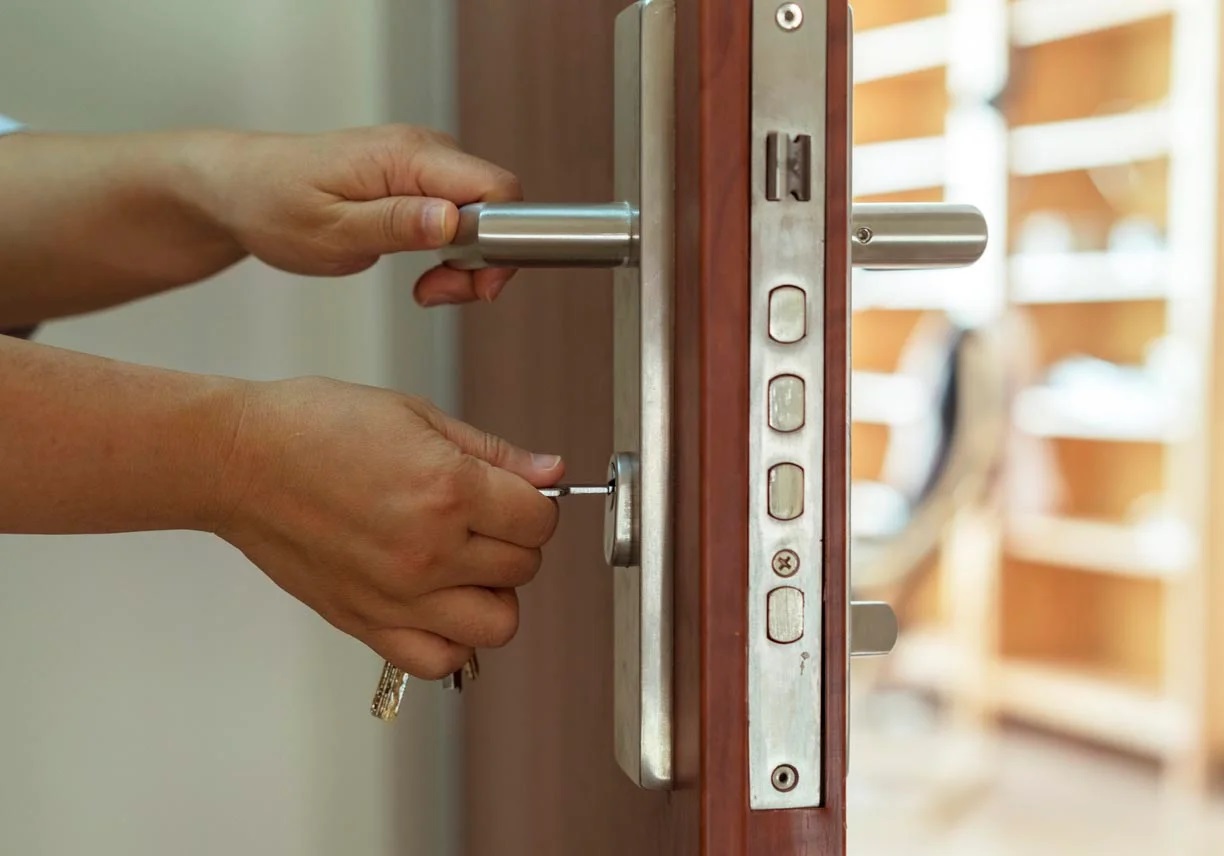
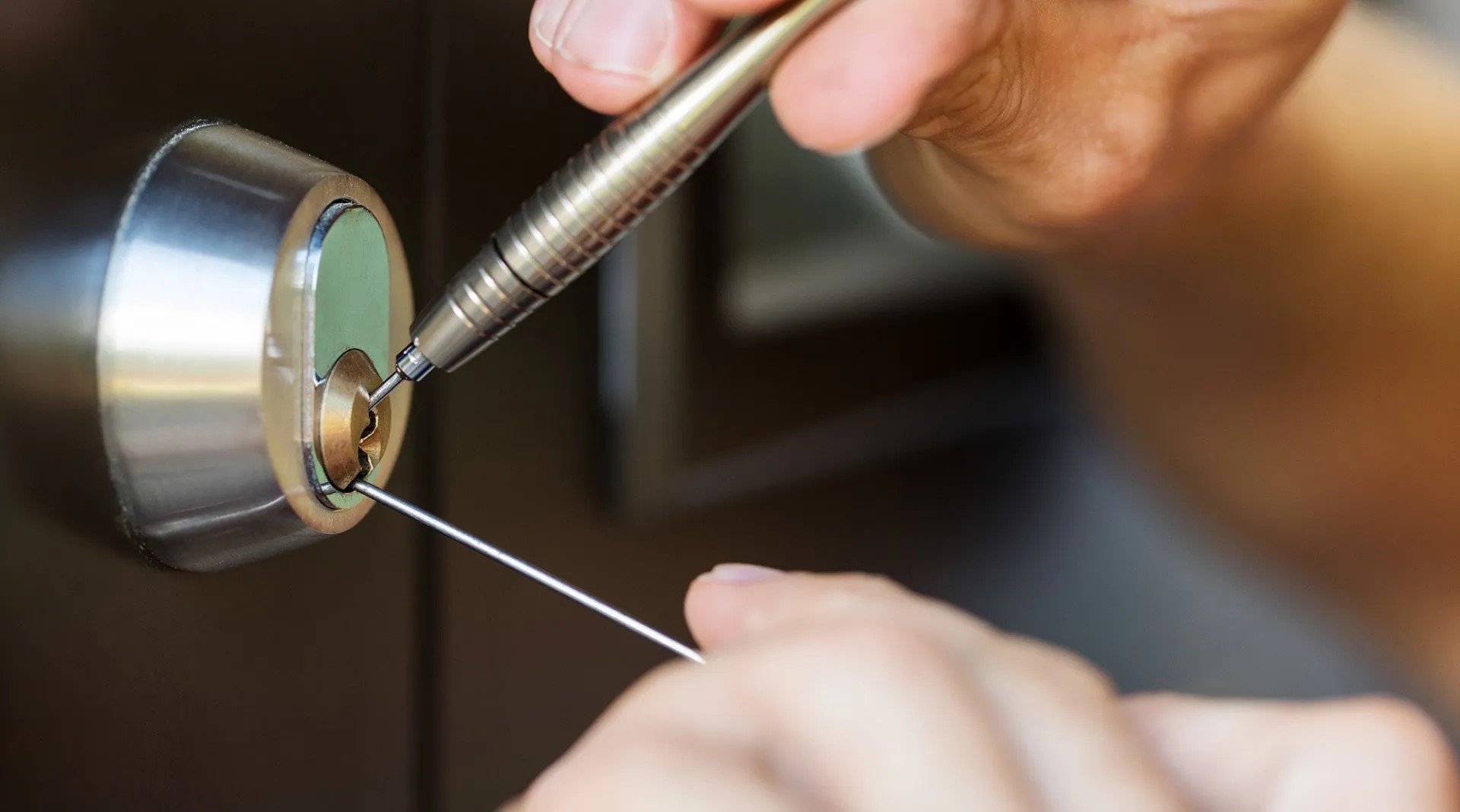
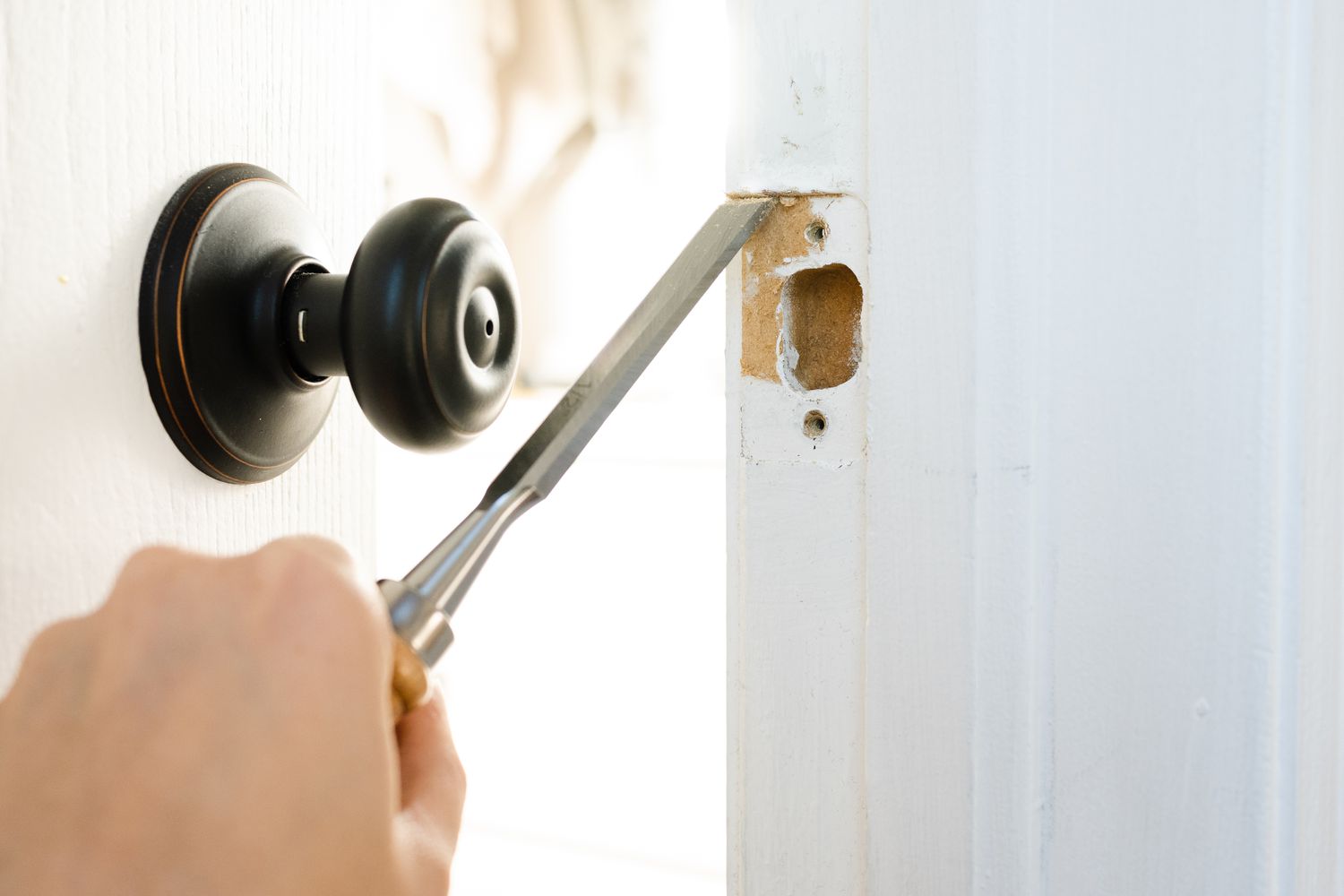
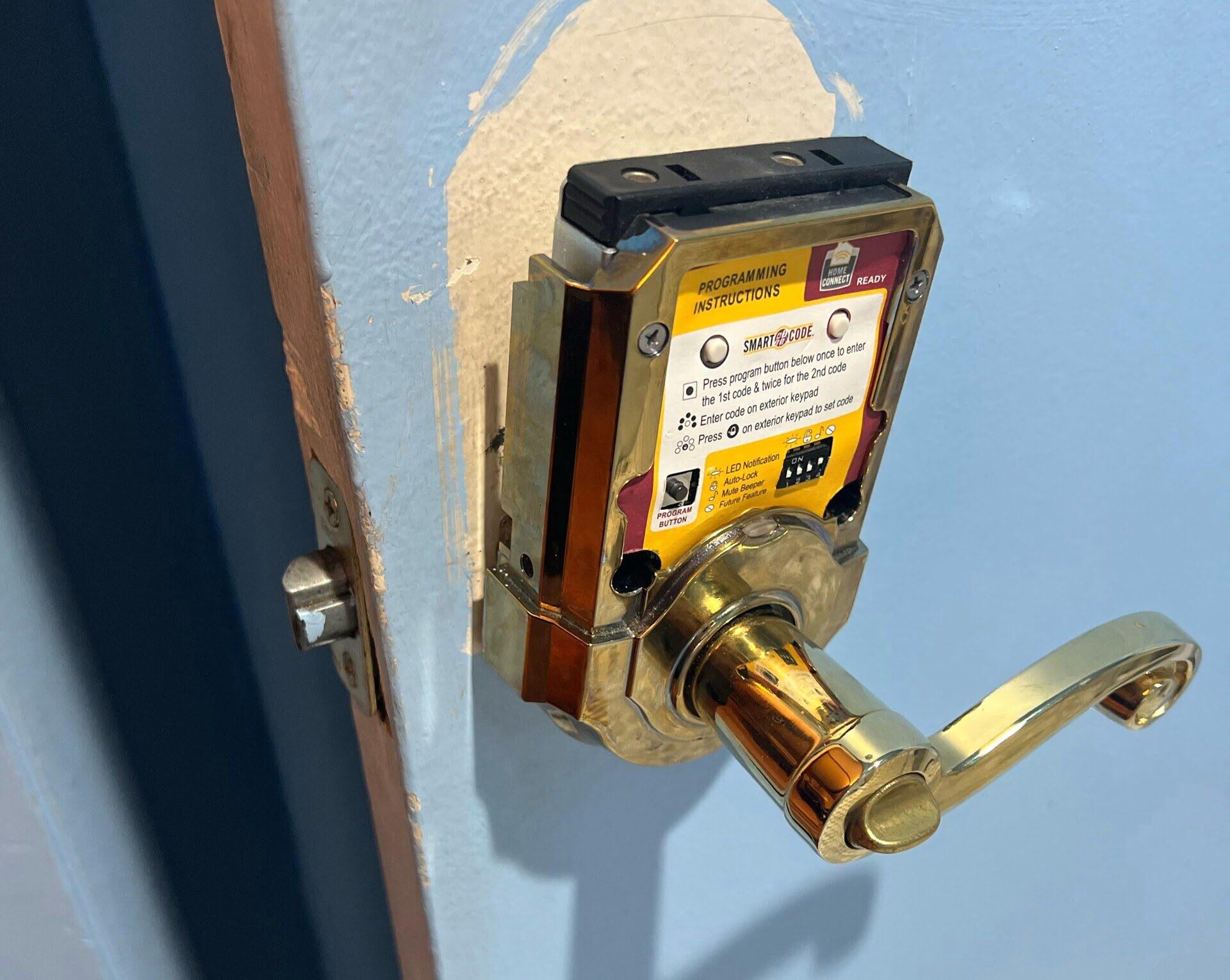
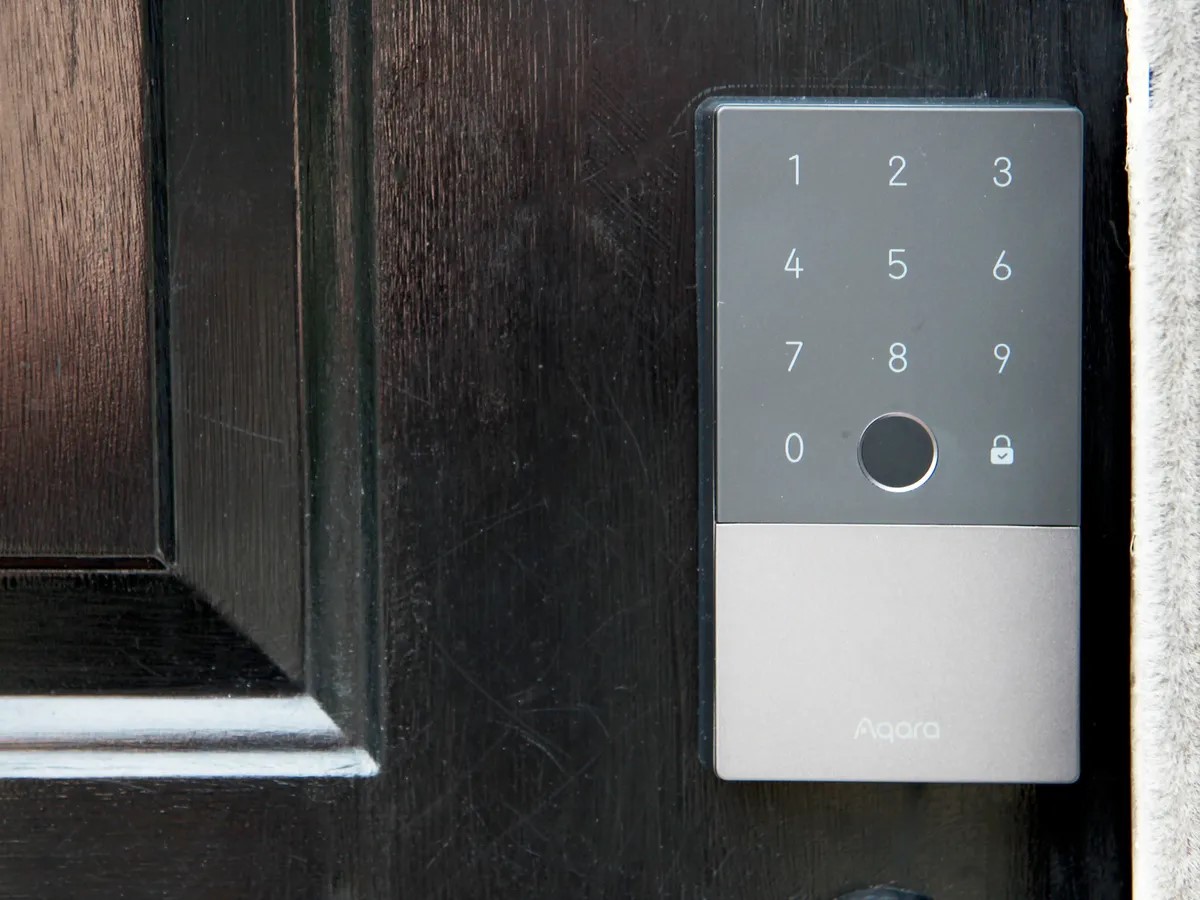

0 thoughts on “How To Put A Lock On A Door”